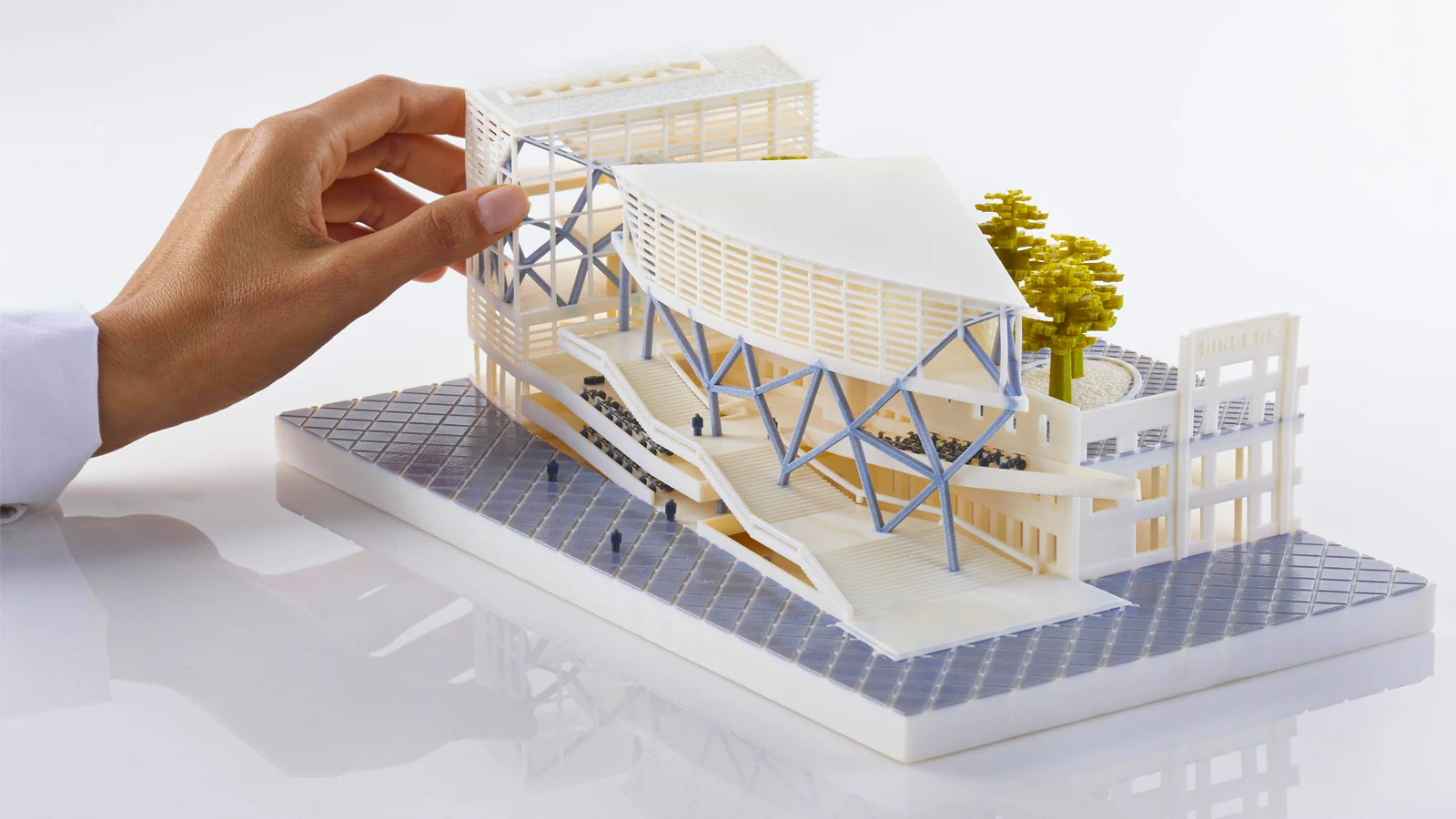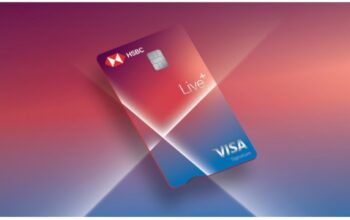In architecture, imagination and precision go hand in hand. Turning a design from a digital screen into a physical reality requires communication, clarity, and collaboration. That’s where 3D printed architectural models come into play. Unlike traditional hand-crafted models that are time-consuming and expensive, 3D printing brings speed, detail, and flexibility to architectural presentation.
With just a digital design file, architects can now create stunning, accurate, and complex models in a matter of hours. These models help bring concepts to life—making it easier for clients, engineers, contractors, and planning officials to visualize the final result. From showing scale and structure to experimenting with design ideas, 3D printed models play a critical role in the development process.
In this article, we’ll explore the 10 key reasons why 3D printing architecture models is so important, and how it’s reshaping the future of architectural design, planning, and construction.
1. Brings Designs to Life Visually
One of the most valuable aspects of 3D printed models is their ability to bring two-dimensional plans into the physical world. Instead of looking at flat blueprints or digital renderings, stakeholders can now hold, examine, and explore a real 3D version of the design.
This improves overall understanding, especially for clients who may not be comfortable reading architectural drawings. It turns abstract ideas into tangible objects, enhancing presentations and helping non-technical audiences grasp the design intent quickly and clearly.
2. Saves Time on Model Creation
Traditional architectural models require days or even weeks of cutting, gluing, and assembling. By contrast, 3D printing allows architects to produce complex models overnight. Once the digital design is ready, the printer does the work—automating what was once a manual and labor-intensive process.
This not only saves time but also gives teams more room for experimentation and last-minute changes, without adding significant delays to the project schedule.
3. Increases Model Accuracy and Detail
With 3D printing, even the tiniest architectural details—like window grills, textures, curves, or layered facades—can be accurately produced. Printers can achieve millimeter-level precision, ensuring every corner of the design is faithfully recreated.
This level of detail helps in showcasing building functionality, aesthetics, and spatial relationships, and it gives clients a better understanding of the final structure than digital renderings alone ever could.
4. Reduces Cost in the Long Run
While the initial investment in a 3D printer or outsourced service may seem high, the long-term cost savings are substantial. Traditional model-making materials and labor can be expensive, especially for intricate designs.
3D printing reduces waste, uses cost-efficient materials, and lowers manpower costs. With quick turnaround and easy edits, you avoid the expense of remaking entire models, making it a budget-friendly option over time.
5. Enhances Client Communication and Confidence
Presenting a 3D model instantly boosts client engagement. When they can see the building’s full form, touch it, and view it from all angles, they connect emotionally and intellectually with the design.
This leads to faster approvals, fewer misunderstandings, and more informed feedback. A well-made 3D printed model builds client confidence and reinforces the professionalism of the architectural firm.
6. Helps in Planning and Permit Approvals
Planning authorities and city councils often require clear visual representation of new developments. A detailed 3D printed model gives decision-makers a clear picture of how a proposed structure will interact with its environment.
This makes it easier to explain zoning, height, and layout considerations. In many cases, presenting a tangible model can accelerate the approval process and reduce red tape, especially for complex or large-scale projects.
7. Encourages Design Experimentation and Iteration
Because 3D models by an architectural 3D printing service are fast and relatively inexpensive to produce, architects are more likely to experiment with different design options. They can test and compare multiple versions, layouts, or façades by printing various models and seeing what works best.
This freedom to iterate leads to more refined, creative, and practical outcomes—which ultimately results in better architecture.
8. Improves Team Collaboration and Coordination
3D printed models serve as central discussion tools during team meetings. Engineers, builders, and designers can gather around the model, discuss technical aspects, and identify design issues early.
This visual aid improves coordination between all stakeholders involved in the project, from structural planning to material choices. It promotes stronger teamwork and smoother execution on-site, minimizing miscommunication.
9. Makes Architectural Presentations Stand Out
In a competitive market, presentation matters. Bringing a 3D printed model to a pitch meeting, investor presentation, or design review instantly sets you apart. It shows that your firm is modern, tech-savvy, and serious about delivering quality.
Potential clients are more likely to remember your presentation—and your project is more likely to get chosen—when they can see and hold a miniature version of the final building.
10. Supports Marketing and Fundraising Efforts
3D printed models are powerful marketing tools. They can be displayed at exhibitions, real estate sales offices, or public forums to attract interest and generate buzz.
For developers and real estate professionals, these models help sell properties off-plan by showing buyers exactly what to expect. For nonprofit or public sector projects, a well-designed 3D model can impress donors, attract sponsorship, and build public support.
In nonprofit and public sector projects, these models help win over stakeholders and supporters. When donors or government bodies can physically see a proposed structure, they’re more likely to approve funding or partnerships. In short, 3D printed models turn concepts into compelling visuals that sell the story and the structure—making them a smart investment for any architect or developer looking to promote their project effectively.
3D printing is transforming the way architects work—from concept to construction. The ability to produce precise, fast, and detailed models makes 3D printing an essential tool in modern architectural practice. It helps convey ideas more clearly, enhances collaboration, and streamlines project planning.
In today’s fast-paced and visually-driven world, the importance of a high-quality physical model cannot be overstated. Whether you’re pitching to a client, applying for permits, or simply refining your own ideas, 3D Solutions give you an edge in both presentation and execution.
So, if you’re looking to bridge the gap between vision and reality, 3D printing may just be the smartest addition to your design process.




